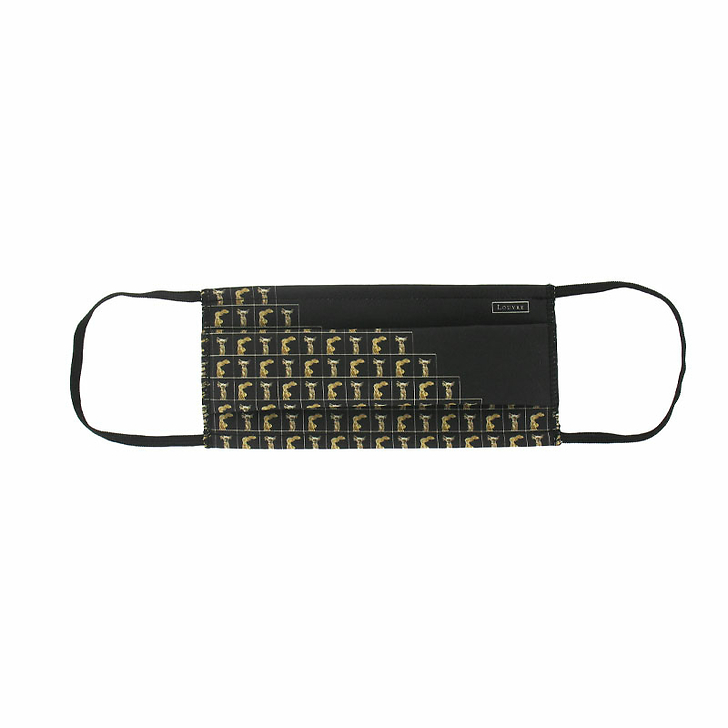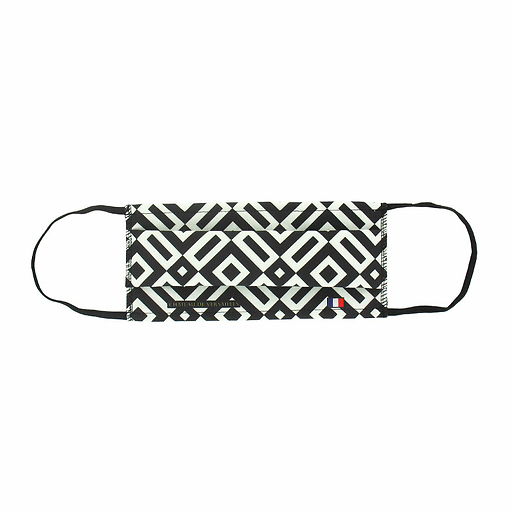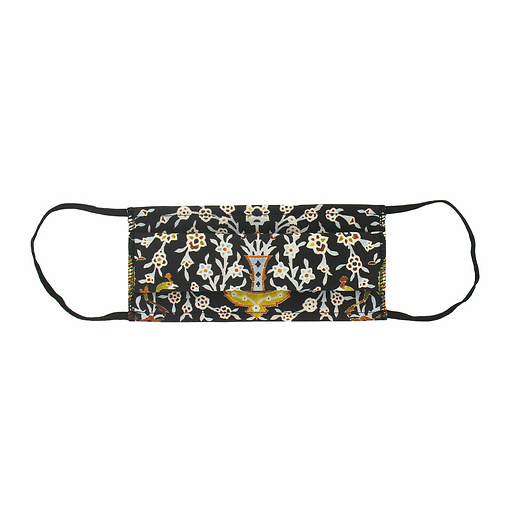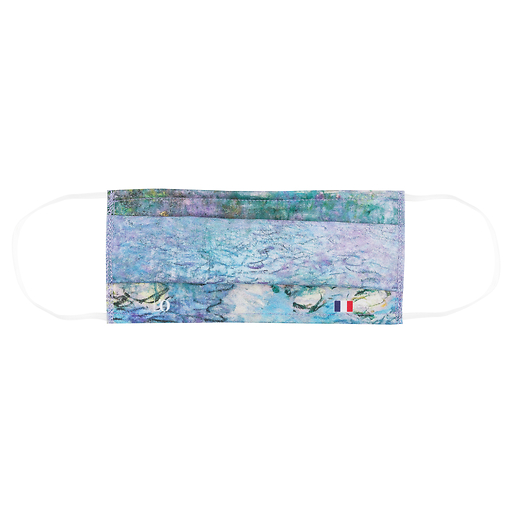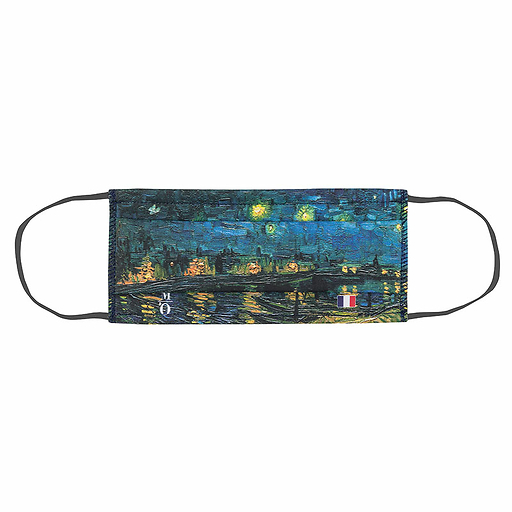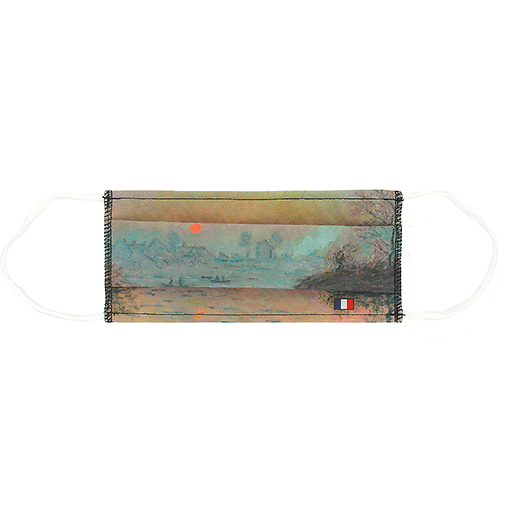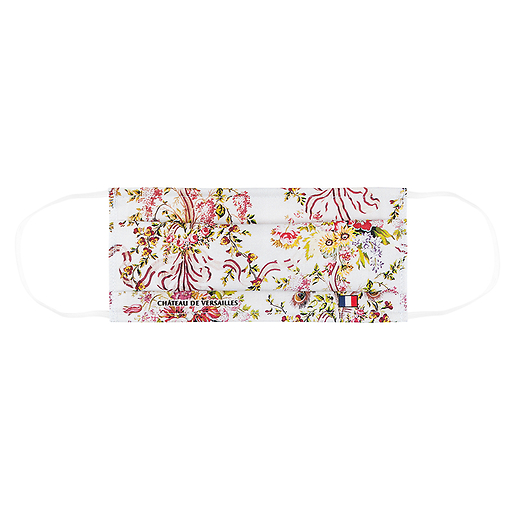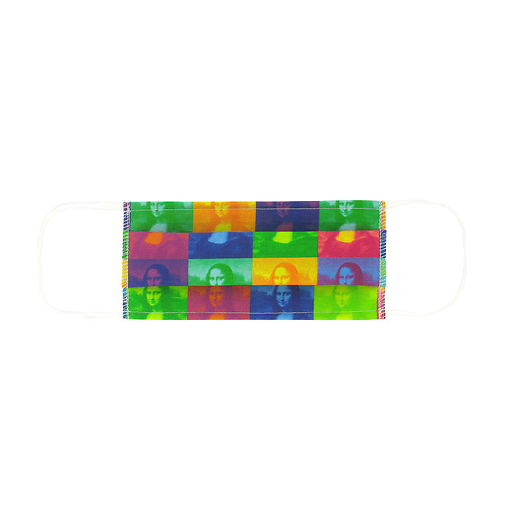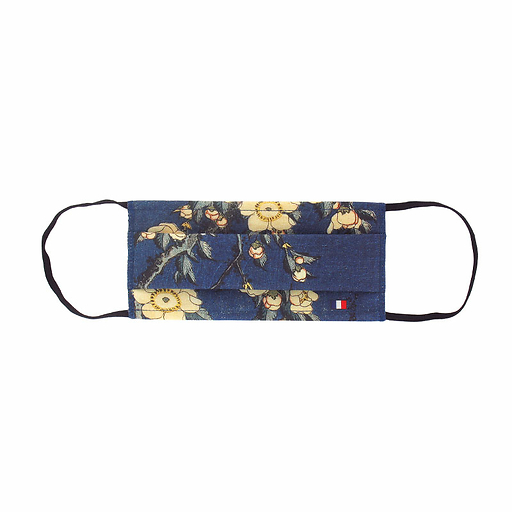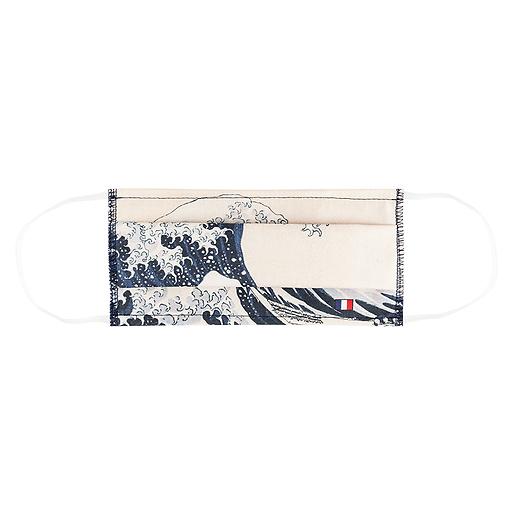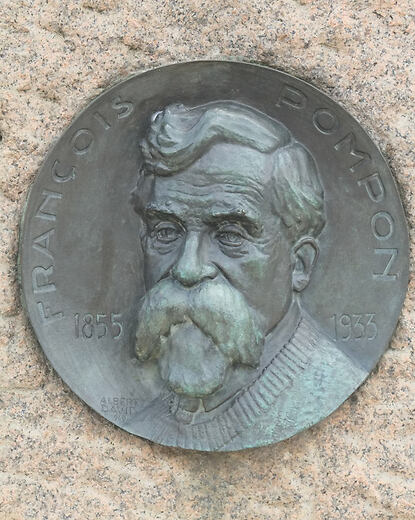Cover your mouth and nose in style! Ideal in public places, this mask is reusable and washable at 40°C.
Barrier mask type UNS 1 - adult size. 3 layers mask including 2 in fabric, 50% Cotton - 50% Polyester + polypropylene filter, to be washed before first use.
The mask is equipped with an integrated...
Read more
Cover your mouth and nose in style! Ideal in public places, this mask is reusable and washable at 40°C.
Barrier mask type UNS 1 - adult size. 3 layers mask including 2 in fabric, 50% Cotton - 50% Polyester + polypropylene filter, to be washed before first use.
The mask is equipped with an integrated nose bridge.
The visual of this mask is a modern interpretation of the famous sculpture, The Victory of Samothrace.
Maximum duration of use 4 hours. Designed to be washed and used 50 times. Made in France
The fabrics used for its realization have the OEKO-TEX® standard 100 label, which certifies that
the non-toxicity of textiles and dyes and the absence of harmful substances. The digital printing of each
pattern is made with pigmentary inks according to OEKO-TEX® standard 100 and GOTS. This mask filters 96% of the particles smaller than 3µm emitted by the wearer. It has been designed to be washable and reusable 60 times, according to the IFTH 2020 06 08 010 60 report. A more responsible consumption and, in the end, a lower cost per use than disposable masks. Made in France in the Loiret department.
Close

